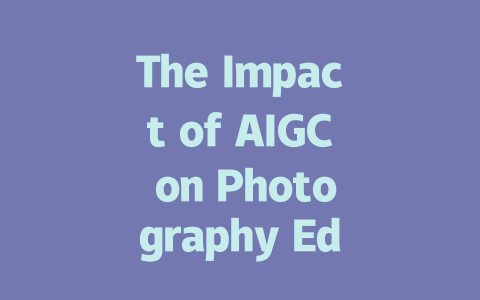
As technology continues to evolve rapidly, the rise of Artificial Intelligence-Generated Content (AIGC) is significantly transforming various fields, including photography education. This article explores the implications of AIGC on the training of aspiring photographers, how it enhances creativity, and the challenges it presents in this creative sphere.
Understanding AIGC in Photography
Artificial Intelligence-Generated Content refers to the use of sophisticated algorithms and machine learning techniques to create visual content without the traditional human intervention. In photography, AIGC can produce everything from original images and enhancements to photo editing and manipulation. Tools that employ AIGC can analyze vast datasets, understand aesthetic principles, and mimic artistic styles, making it a powerful asset for photography students.
Enhancing Creative Processes
One of the most exciting aspects of AIGC is its potential to augment the creative process. Photography students can leverage AIGC tools to experiment with ideas and concepts that they might not explore otherwise. For instance, AIGC can suggest composition techniques, color palettes, and even generate entire scenes based on minimal prompts. This capability encourages students to think outside the box and push the boundaries of traditional photography.
Changing Teaching Methodologies
The integration of AIGC into photography education is also prompting a shift in teaching methodologies. Educators are beginning to incorporate AIGC tools into their curriculum, allowing students to learn how to use these technologies effectively. Classes may cover topics such as the ethical implications of AIGC, how to utilize these tools for creative purposes, and the importance of maintaining a human touch in artistic endeavors.
Ethical Considerations and Challenges
Despite the benefits, AIGC in photography education also raises several ethical concerns. The ability of AIGC to replicate styles and generate images can blur the lines of originality and authorship. Students must be educated about issues such as plagiarism, copyright, and the authenticity of their work. Furthermore, the reliance on technology may lead to a decline in fundamental skills, as students might become overly dependent on automated solutions instead of developing their own techniques.
Preparing Students for the Future
To ensure that students are well-equipped for the future of photography, educators must find a balance between teaching traditional skills and embracing new technologies like AIGC. Programs need to emphasize critical thinking and creativity in conjunction with technical proficiency. By doing so, students will be better positioned to navigate an industry that is increasingly influenced by AI-generated content.
Conclusion
The impact of AIGC on photography education is profound, offering students unprecedented opportunities for creativity and innovation. As educators adapt their teaching methodologies to include these new technologies, it is essential to address the ethical challenges they pose. By striking a balance between traditional skills and modern tools, the future of photography education will be rich with possibility, shaping a new generation of artists prepared to express themselves in a rapidly changing world.

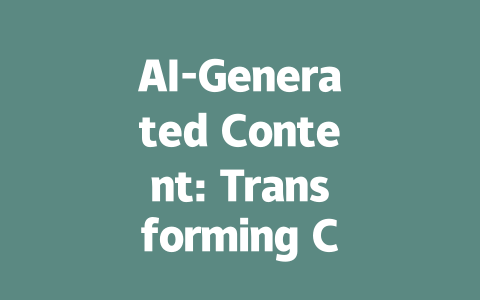




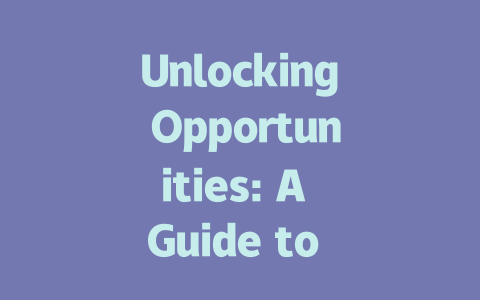
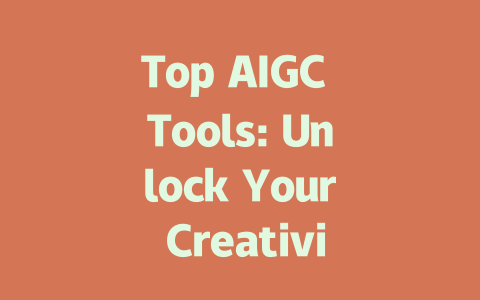
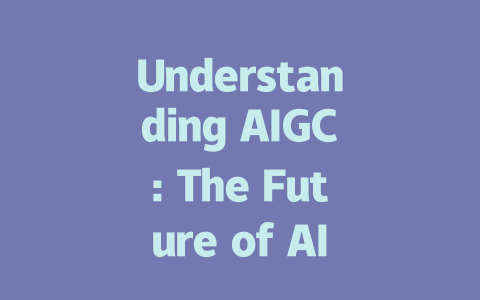
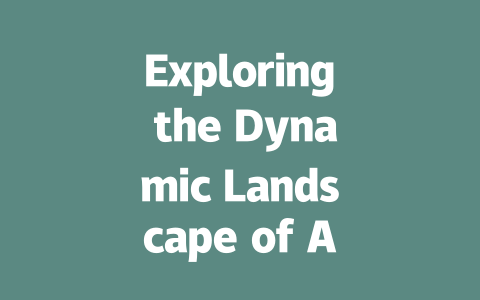
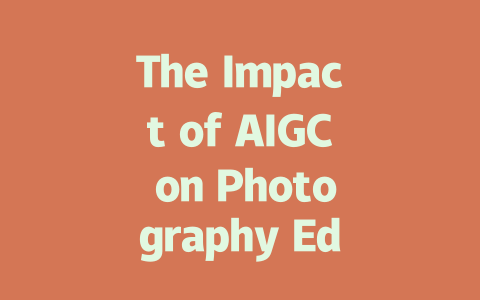

暂无评论内容